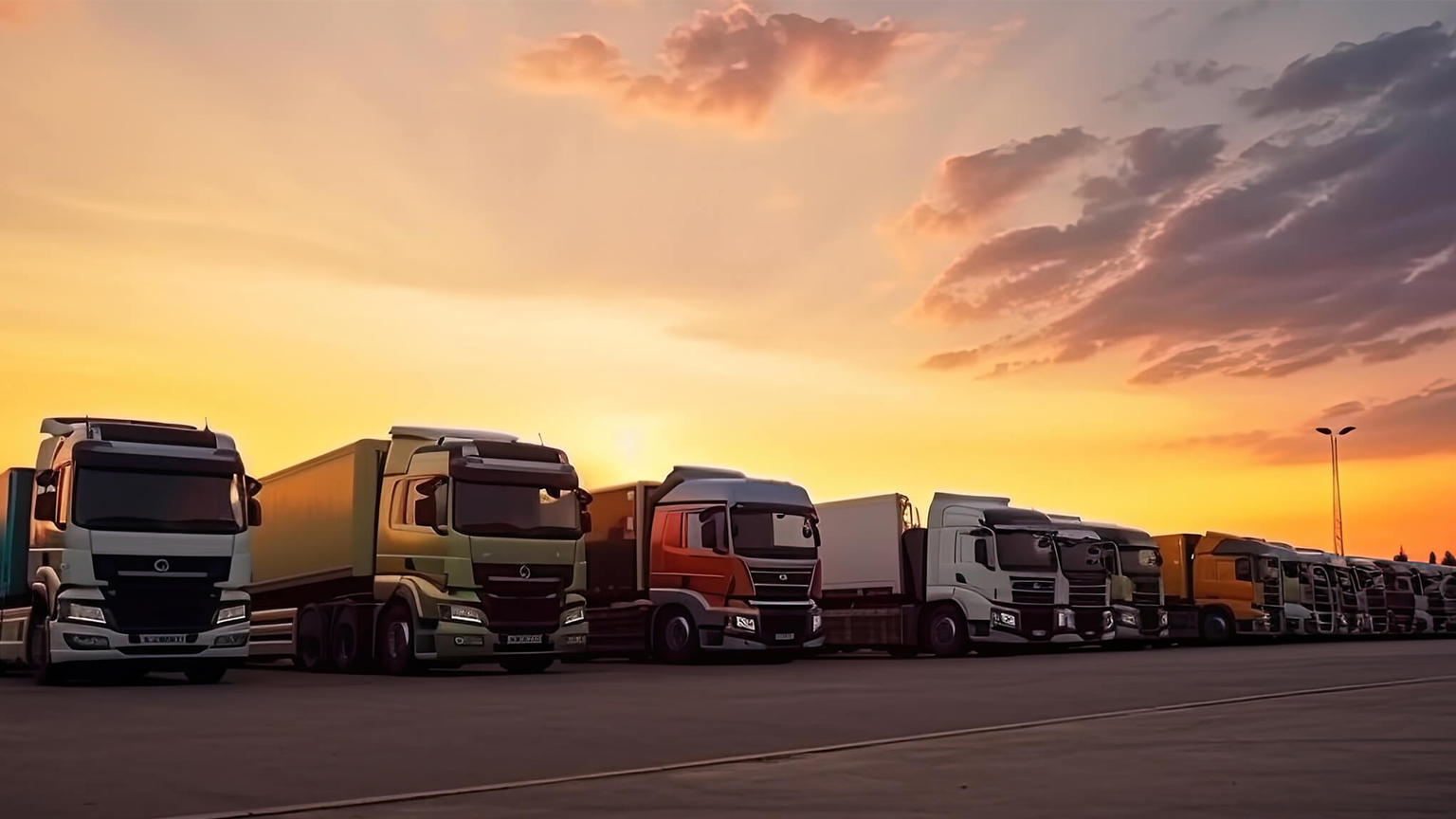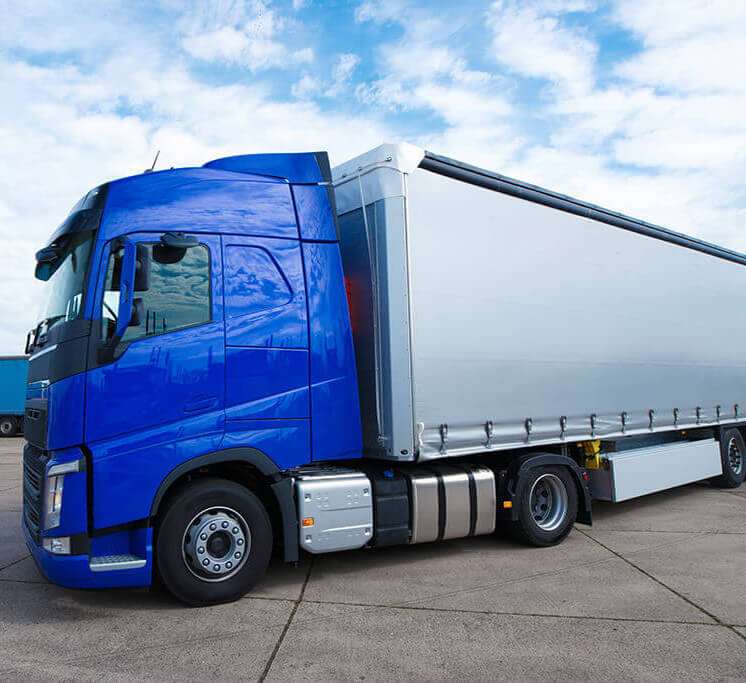by graycargo.com
Share
by graycargo.com
Share

Gray Cargo Transportation Services
Long-distance transportation is a critical component of the U.S. economy, connecting businesses across vast distances and ensuring the seamless flow of goods. Whether it’s raw materials traveling from manufacturers to factories, or finished products being delivered to retailers and consumers, long-distance transportation keeps the wheels of commerce turning.
The Importance of Long-Distance Transportation
In a country as large and geographically diverse as the United States, long-distance transportation is essential for bridging the gaps between regions. With over 3.8 million square miles of territory, goods often need to travel thousands of miles to reach their destinations. This vast network of transportation enables companies to operate on a national scale, offering products and services to customers regardless of location.
Moreover, long-distance transportation is crucial for supply chain management. Companies rely on the timely delivery of goods to maintain inventory levels, meet production schedules, and satisfy customer demands. Delays or disruptions in transportation can lead to significant financial losses, making reliable long-distance transport services vital to business success.
Modes of Long-Distance Transportation
In the United States, several modes of long-distance transportation are commonly used, each with its own advantages and challenges.
Trucking: The most common form of long-distance transportation, trucking is ideal for flexible, door-to-door delivery. With a vast network of highways and interstates, trucks can transport goods to almost any location. Trucking is particularly effective for delivering smaller, time-sensitive shipments, and it allows for easy tracking and coordination. However, it can be affected by traffic, weather conditions, and regulatory restrictions.
Rail: Rail transportation is a cost-effective solution for moving large quantities of goods over long distances. Trains can carry heavy loads of raw materials, such as coal, oil, and agricultural products, as well as finished goods. Rail is often used in conjunction with trucking, where goods are transported by train to a central location and then distributed by truck. While rail is efficient for bulk shipments, it may not be suitable for time-sensitive deliveries due to the fixed schedules and limited routes.
Air: For the fastest possible delivery, air transportation is the go-to option. It’s ideal for high-value, perishable, or urgent shipments that need to travel long distances quickly. Air transport can connect distant regions within hours, making it indispensable for industries like pharmaceuticals, electronics, and fashion. However, the high cost of air freight means it is typically reserved for smaller, high-priority shipments.
Maritime: While primarily used for international trade, maritime transportation also plays a role in domestic long-distance shipping, especially along the coasts and through the Great Lakes. Ships can carry large volumes of goods at a lower cost compared to other modes of transportation. Maritime transport is particularly useful for heavy, non-perishable goods. However, it is the slowest mode of transportation and is highly dependent on port infrastructure and schedules.
Challenges in Long-Distance Transportation
Despite its importance, long-distance transportation faces several challenges in the U.S.
Infrastructure: The aging infrastructure of roads, bridges, and railways can cause delays and increase maintenance costs. While there have been efforts to improve and modernize transportation infrastructure, the scale of the task is enormous, requiring substantial investment and coordination.
Regulations: The transportation industry is heavily regulated, with rules governing everything from driver hours to vehicle emissions. While these regulations are necessary for safety and environmental protection, they can also add complexity and cost to long-distance transportation.
Fuel Costs: Fluctuating fuel prices can significantly impact the cost of long-distance transportation. Companies must carefully manage fuel expenses to remain competitive, often passing on these costs to customers.
Labor Shortages: The transportation industry, particularly trucking, faces a shortage of qualified drivers. This shortage can lead to delays in delivery times and increased labor costs, further complicating long-distance transport logistics.
Environmental Concerns: The environmental impact of long-distance transportation, particularly in terms of carbon emissions, is a growing concern. Companies are increasingly seeking ways to reduce their carbon footprint, whether through more fuel-efficient vehicles, alternative energy sources, or optimized routing.
The Future of Long-Distance Transportation
The future of long-distance transportation in the U.S. is likely to be shaped by technological advancements and changing consumer expectations.
Automation: Autonomous vehicles, including self-driving trucks, have the potential to revolutionize long-distance transportation. These technologies could reduce labor costs, increase efficiency, and improve safety on the roads. However, widespread adoption is still several years away, and there are significant regulatory and ethical issues to address.
Sustainability: As companies and consumers become more environmentally conscious, there will be increasing pressure on the transportation industry to adopt sustainable practices. This could include the use of electric or hybrid vehicles, more efficient logistics planning, and investments in renewable energy.
E-commerce Growth: The continued growth of e-commerce is driving demand for faster and more reliable long-distance transportation. Companies are investing in logistics networks that can meet the demands of online shoppers, who expect quick delivery times and real-time tracking.
Intermodal Solutions: The future will likely see an increase in intermodal transportation solutions, where multiple modes of transport are used in combination to optimize efficiency and cost-effectiveness. For example, goods might travel by rail for the bulk of the journey and then be transferred to trucks for final delivery.
Conclusion
Long-distance transportation is a critical element of the U.S. economy, enabling the efficient movement of goods across the country. While it faces challenges related to infrastructure, regulation, and environmental concerns, the industry is poised for significant advancements in the coming years. By embracing new technologies and sustainable practices, long-distance transportation will continue to be a driving force behind American commerce.
STAY IN THE LOOP
Subscribe to our free newsletter.
Leave A Comment
When it comes to selecting a transportation provider, the options can seem overwhelming.
Vestibulum ac diam sit amet quam vehicula elementum sed sit amet dui.


